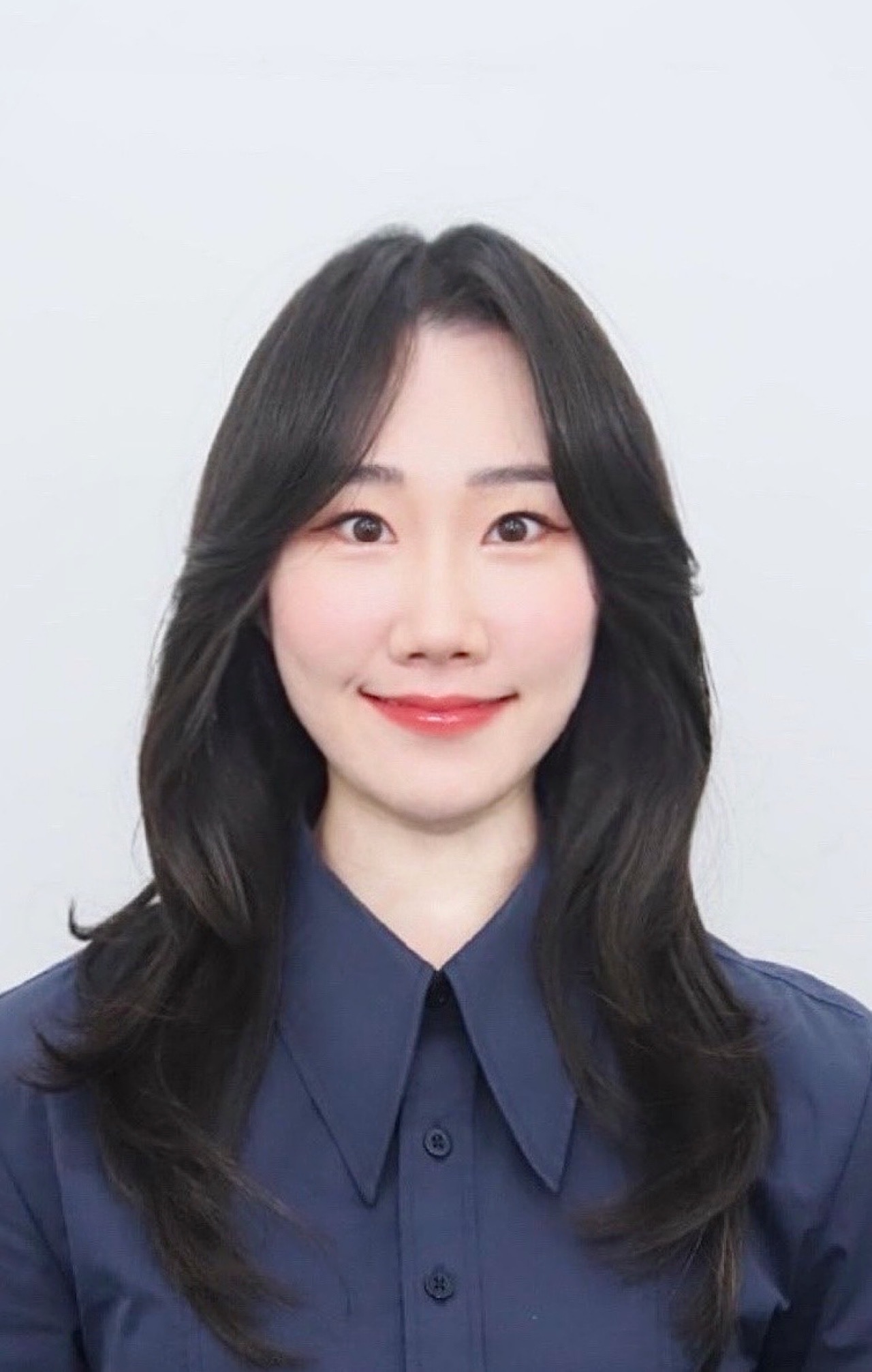Biologics / Biosimilars
Category: Poster Session A
Poster Session A
((A-045)) (A-045) Indication-Specific Market Share Dynamics of Biosimilars and Originators: A Focus on the TNF-α Inhibitor Market in South Korea
Sunday, August 24, 2025
12:00 PM - 1:30 PM ET
Location: Hall D

Ju Yeon PARK
College of Pharmacy, Seoul National University, Republic of Korea
- SH
Song hee Hong
College of pharmacy, Seoul National University, Seoul, Republic of Korea, Republic of Korea
Presenting Author(s)
Co-Author(s)
Background: The introduction of multiple biosimilars of tumor necrosis factor-alpha (TNF-α) inhibitors into global markets has been driven primarily by their substantial cost advantage over originators. In South Korea, however, the price differential between biosimilars and originators is relatively modest, indicating that biosimilar uptake may be influenced by additional clinical and systemic factors beyond pricing.
Objectives: This study aimed to analyze indication-specific uptake trends of biosimilars in the South Korean TNF-α inhibitor market. Focusing on four key indications—ankylosing spondylitis, psoriasis, psoriatic arthritis, and rheumatoid arthritis—we analyzed market trends for three major active ingredients: adalimumab (Humira vs. Adalloce, Yuflyma), etanercept (Enbrel vs. Eucept, Etoloce), and infliximab (Remicade vs. Remsima, Remaloce).
Methods: A multi-source trend analysis was conducted using IQVIA MIDAS sales data (manufacturer-level sales in USD, Q2 2019–Q1 2024), HIRA data (patient populations and current health expenditure trends), and the National Reimbursement Drug List (quarterly drug prices). Uptake trends were examined in relation to pricing, reimbursement timing, and disease-specific treatment characteristics.
Results: Biosimilar market share varied significantly by indication. Among the key findings, in rheumatoid arthritis, originators retained 74.4% market share, with adalimumab originator alone accounting for 51.0%, followed by infliximab (12.6%) and etanercept (10.8%). In psoriatic arthritis, biosimilars achieved higher uptake (28.4%) compared to rheumatoid arthritis (25.6%), with adalimumab maintaining dominance at 38.2%, but notably, infliximab captured 28.2% compared to only 12.6% in rheumatoid arthritis, while etanercept’s share declined from 10.8% to 5.3%. The observed variation in product share and ranking across indications was independent of pricing, and instead reflects substantial differences in prescribing preferences and clinical practice patterns between disease conditions.
Conclusions: Biosimilar uptake in South Korea differs by indication despite a unified national reimbursement system with consistent pricing and coverage criteria. The variation in TNF-α inhibitor market shares appears to be associated with real-world treatment behaviors and physician preferences. Strategies to promote biosimilar adoption should reflect these clinical realities to enhance uptake and support cost-effective, sustainable healthcare spending.
Objectives: This study aimed to analyze indication-specific uptake trends of biosimilars in the South Korean TNF-α inhibitor market. Focusing on four key indications—ankylosing spondylitis, psoriasis, psoriatic arthritis, and rheumatoid arthritis—we analyzed market trends for three major active ingredients: adalimumab (Humira vs. Adalloce, Yuflyma), etanercept (Enbrel vs. Eucept, Etoloce), and infliximab (Remicade vs. Remsima, Remaloce).
Methods: A multi-source trend analysis was conducted using IQVIA MIDAS sales data (manufacturer-level sales in USD, Q2 2019–Q1 2024), HIRA data (patient populations and current health expenditure trends), and the National Reimbursement Drug List (quarterly drug prices). Uptake trends were examined in relation to pricing, reimbursement timing, and disease-specific treatment characteristics.
Results: Biosimilar market share varied significantly by indication. Among the key findings, in rheumatoid arthritis, originators retained 74.4% market share, with adalimumab originator alone accounting for 51.0%, followed by infliximab (12.6%) and etanercept (10.8%). In psoriatic arthritis, biosimilars achieved higher uptake (28.4%) compared to rheumatoid arthritis (25.6%), with adalimumab maintaining dominance at 38.2%, but notably, infliximab captured 28.2% compared to only 12.6% in rheumatoid arthritis, while etanercept’s share declined from 10.8% to 5.3%. The observed variation in product share and ranking across indications was independent of pricing, and instead reflects substantial differences in prescribing preferences and clinical practice patterns between disease conditions.
Conclusions: Biosimilar uptake in South Korea differs by indication despite a unified national reimbursement system with consistent pricing and coverage criteria. The variation in TNF-α inhibitor market shares appears to be associated with real-world treatment behaviors and physician preferences. Strategies to promote biosimilar adoption should reflect these clinical realities to enhance uptake and support cost-effective, sustainable healthcare spending.
